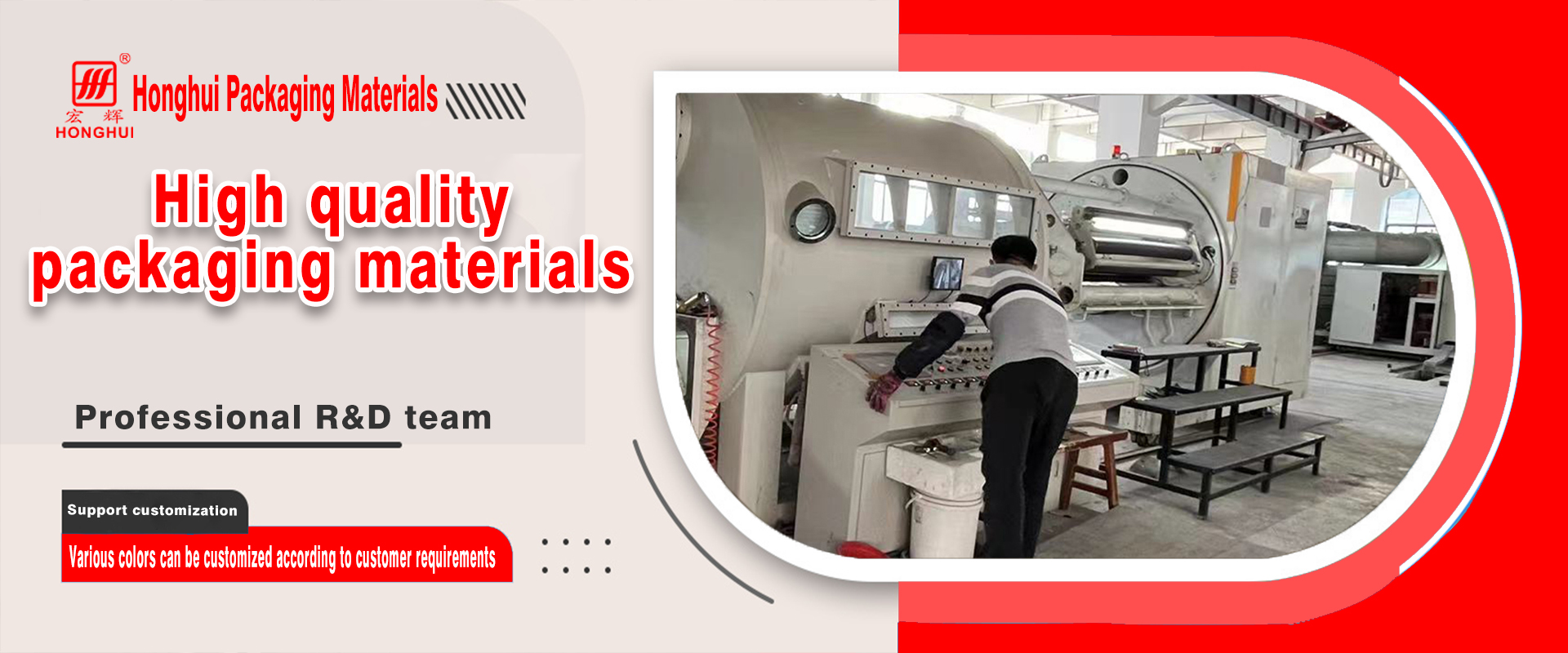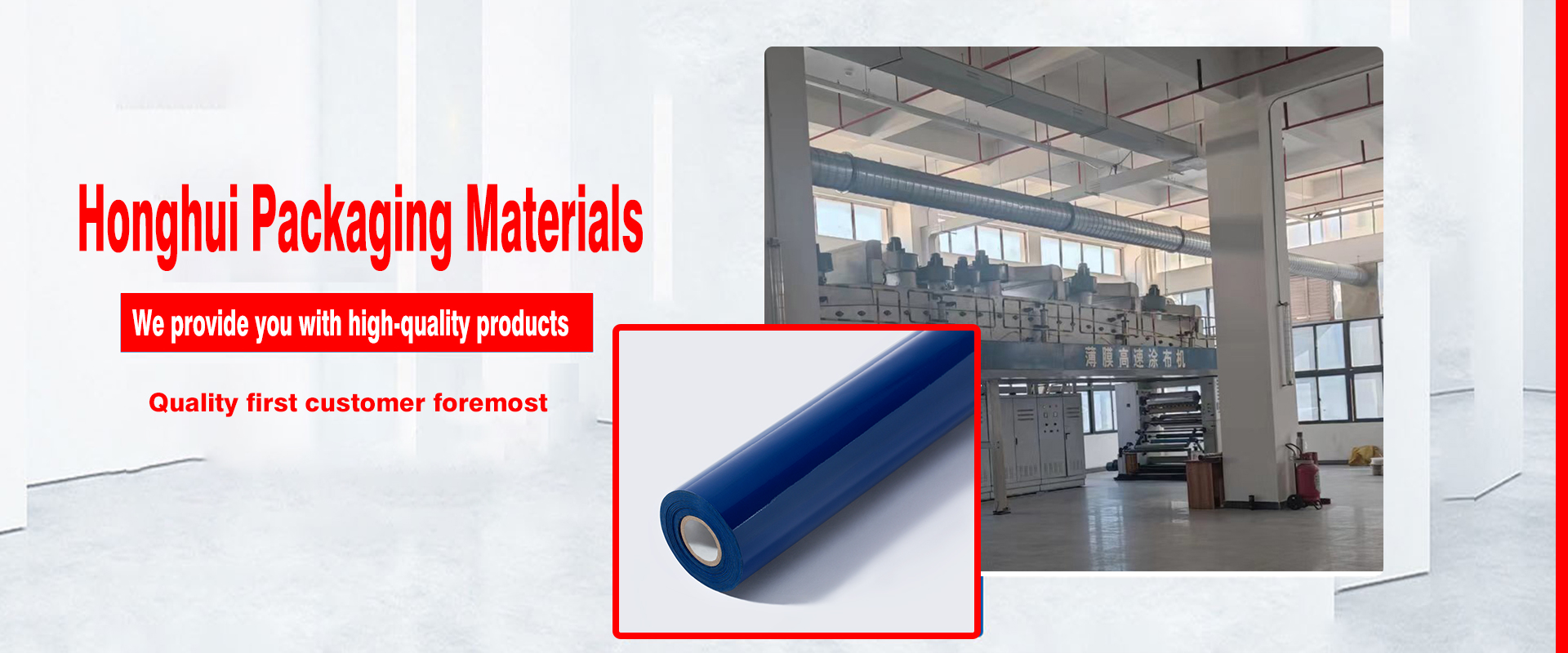A Brief Discussion on Fabric Hot Stamping Technology
Fabric hot stamping is a highlight of the clothing industry, but perhaps the loose structure of the fabric itself will weaken the smoothness of the hot stamping paper, and the hot stamping of fabrics cannot achieve the exquisite level of other industrial fields to some extent.
We can cut the fabric into pieces for hot stamping. Practice has proven that direct hot stamping on the fabric is not the best method, as the graphics and text look rough. The more mature process is to first screen print hot stamping paste on the fabric, and then perform hot stamping, so that the hot stamping graphics and text will be more beautiful.
Hot stamping paste has two functions: one is to enhance the adhesion of hot stamping paper, and the other is to fill the gaps between fabrics, expand the contact surface between hot stamping paper and fabric, and enhance the smoothness of the hot stamping layer. The process of hot stamping is relatively simple, and there is no problem with flat hot stamping machines. Even hot stamping machines can meet the requirements, if you are willing to manually place hot stamping paper. In the field of fabric printing, there are also devices similar to heat transfer printing machines on the market, which we tentatively call fabric transfer printing hot stamping machines. Cover the fabric printed with hot stamping paste with hot stamping paper and place it on the conveyor belt of this machine. The hot stamping paper will be pressed onto the hot stamping paste by the rubber roller. Remove the fabric, tear off the hot stamping paper, and you can make the finished product. This method is aimed at piece by piece fabric. If the fabric is rolled, the process is similar, but the equipment used is much more expensive. If you have strong funds, you can first use a roll type screen printing machine to print hot stamping paste, and then use a roll type ribbon hot stamping machine for hot stamping. This hot stamping machine has two sets of conveying mechanisms, one for conveying hot stamping paper and the other for conveying ribbon. They will be bonded together at the workbench, pressed together by silicone rollers, and then separated. The parts with hot stamping paste will have hot stamping paper attached.




